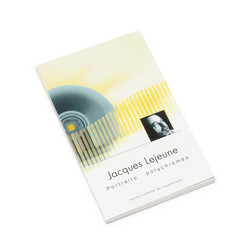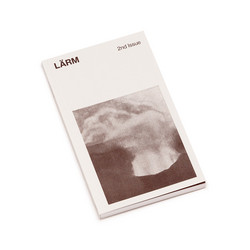The punk movement of the 1970s to early 1980s is examined as an art movement through archive research, interviews, and art historical analysis. It is about pop, pain, poetry, presence, and about a ‘no future’ generation refusing to be the next artworld avant-garde, instead choosing to be the ‘rear-guard’. Skov draws on personal interviews with punk art protagonists from London, New York, Amsterdam, Copenhagen, and Berlin, among others the members Die Tödliche Doris (The Deadly Doris), members of Værkstedet Værst (The Workshop Called Worst), Nina Sten-Knudsen, Marc Miller, Diana Ozon, Hugo Kaagman, as well as email correspondence with Jon Savage, Anna Banana, and Genesis Breyer P-Orridge. A large portion of the discussed materials stem from the protagonists' private archives, while some very public—scandalous and spectacular—events are discussed, too, such as the Prostitution exhibition at the ICA in London in 1976 and Die Große Untergangsshow (The Grand Downfall Show) in West-Berlin in 1981. The examined materials cover almost all media: paintings, drawings, bricolages, collages, booklets, posters, zines, installations, sculptures, Super 8 films, documentation of performances and happenings, body art, street art. What emerges is how crucial the concept of history was in punk at that point in time. The punk movement's rejection of the tale of progress and prosperity, as it was being propagated on both sides of the iron curtain, evidently manifested itself in punk visual art too. Central to the book is the thesis that punks placed themselves as the rear-guards, not the avant-gardes, a statement which was in made by Danish punks in 1981, when they called themselves “bagtropperne". Behind the rear-guard watchword was the rejection of the inherent notion of progress that the avant-garde name brings with it; how could a "no future" movement want to lead the way? Although aimed at students and scholars of art, design, music and performance history, the subject as well as the author’s accessible, occasionally playful style will no doubt draw readers with an interest in punk, music, and urban histories.
We do require your explicit consent to save your cart and browsing history between visits. Read about cookies we use here.
Paperback, 244 x 170 mm, 308 pp.
Related products
More from Intellect
Recently viewed
Become a member
Join us by becoming a Soundohm member. Members receive a 10% discount and Free Shipping Worldwide, periodic special promotions and free items.
Apply hereSoundohm is an international online mailorder that maintains a large inventory of several thousands of titles, specialized in Electronic/Avantgarde music and Sound Art. In our easy-to-navigate website it is possible to find the latest editions and the reissues, highly collectible original items, and in addition rare, out-of-print and sometime impossible-to-find artists’ records, multiples and limited gallery editions. The website is designed to offer cross references and additional information on each title, as well as sound clips to appreciate the music before buying it.
Soundohm is a trademark of Nube S.r.l.




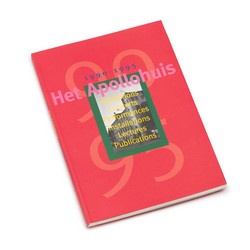



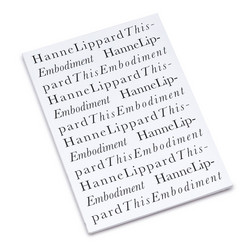

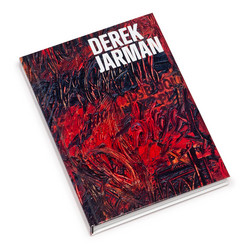



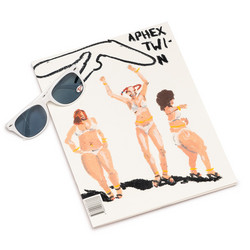
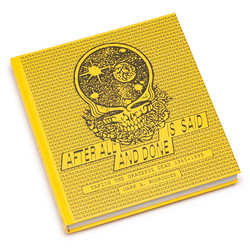


![Birome (Zone): Cube [frame] (Book)](https://cdn.soundohm.com/data/products/2022-11/Hunt_BiromeZoneCubeFrame_Book_01-jpg.jpg.250.jpg)


